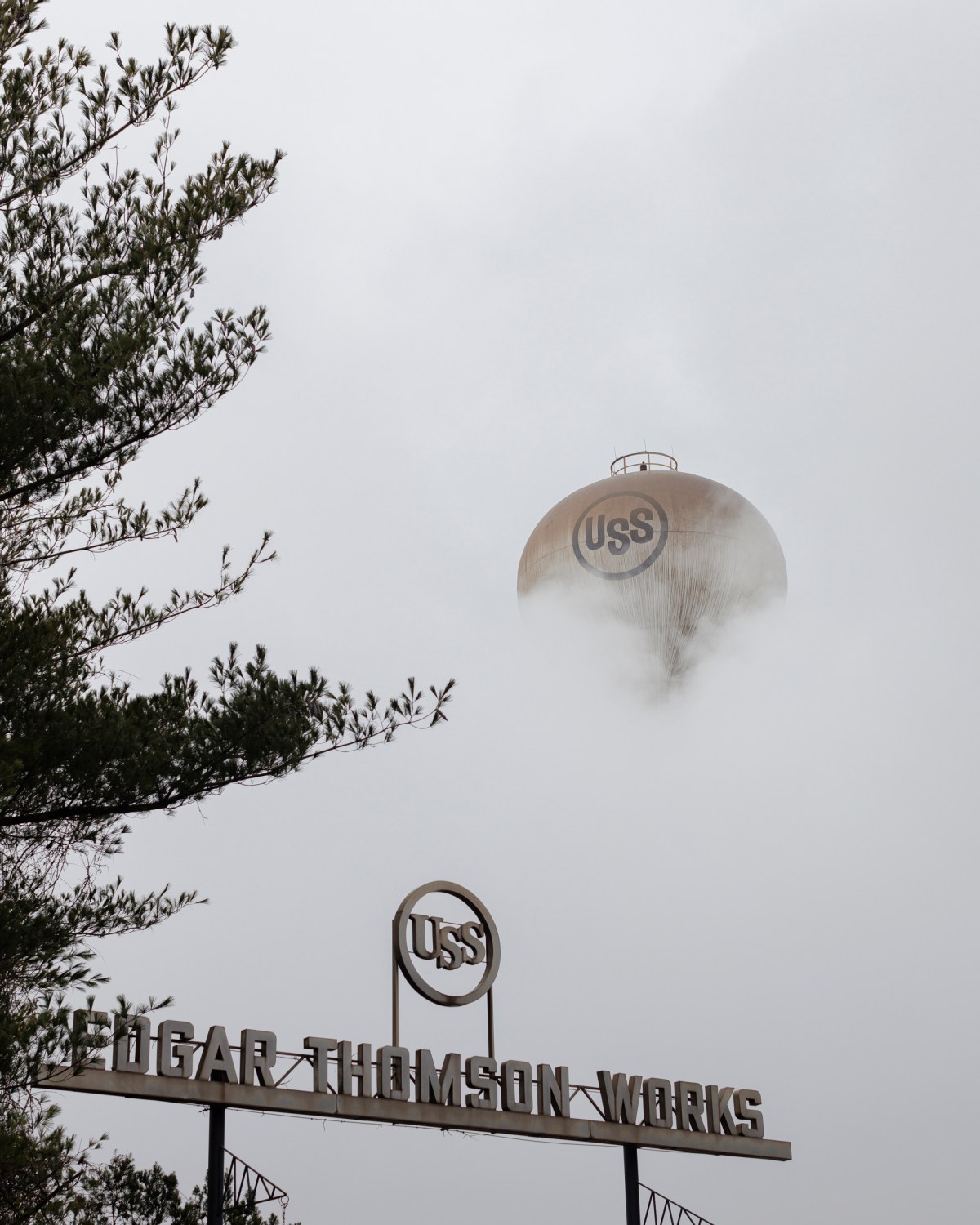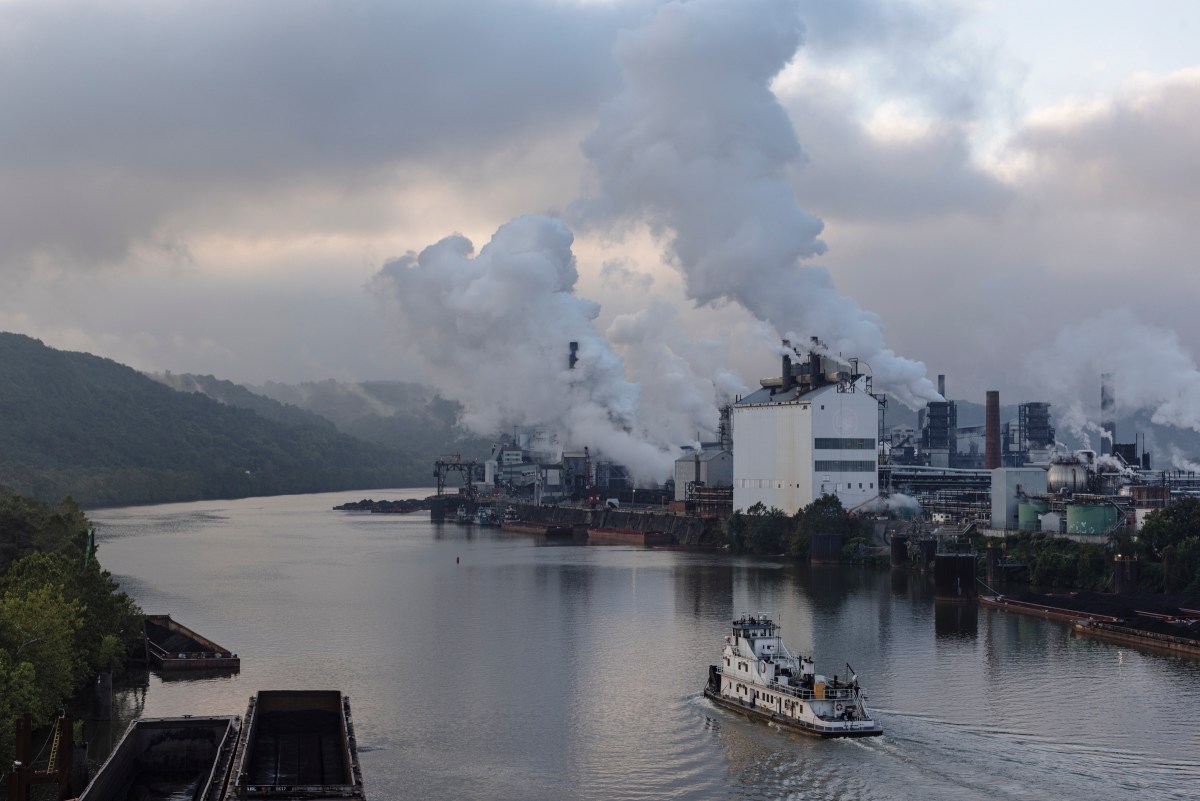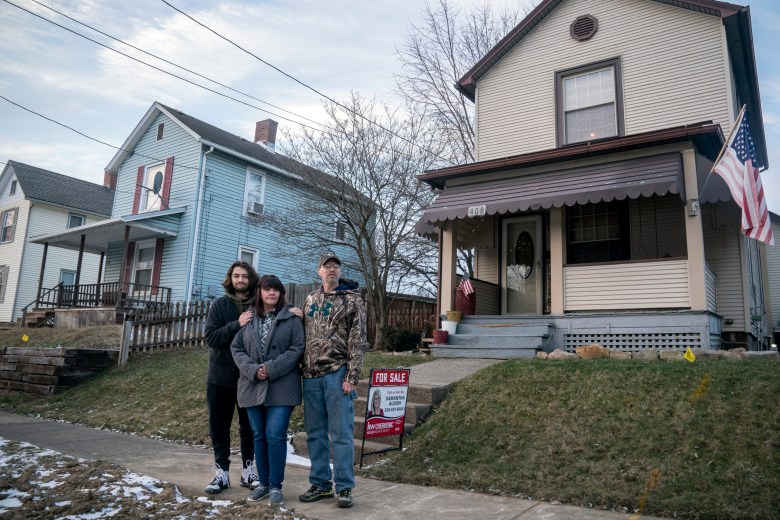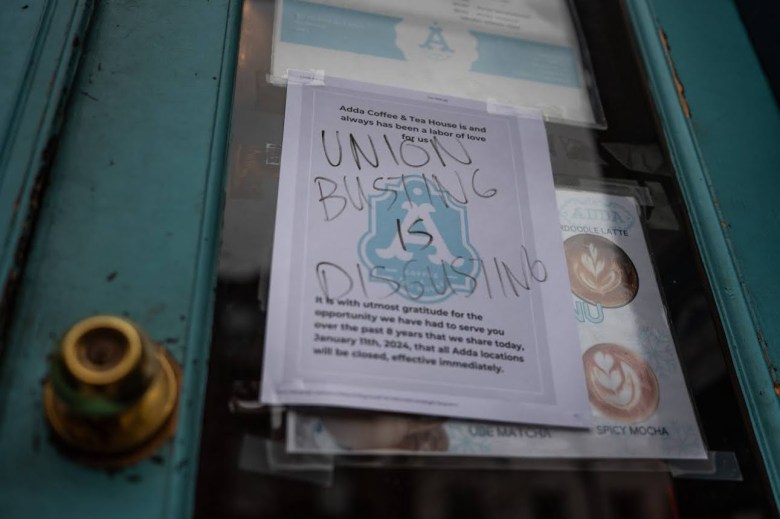It is a fitting end for United States Steel that its long history as a corporate behemoth ends with plans to be acquired whole by Japan’s Nippon Steel. Once a world leader, the steelmaker has long been in decline, and locally it has long been more a part of the region’s self-image than a partner in regional development.
Few places have retained an indelible moniker for as long as Pittsburgh has been known as the Steel City. It makes sense that a city and region that were the home to an unparalleled cluster of metals industries since long before the Civil War would be known for what they produced and exported to the world.
But the painful truth is that U.S. Steel, long the dominant local player in the industry, has never had anywhere near the commitment to Pittsburgh as Pittsburgh had to the corporation. And now a company that became moribund in strategic direction and management practices will be acquired by one from a country — Japan — that had no modern steelmaking when Andrew Carnegie first built the Edgar Thomson Works at Braddock, but continued to innovate long after U.S. Steel stopped doing so.
Born in NYC, U.S. Steel’s marriage to Pittsburgh was fraught
When first contrived by J.P. Morgan and his collaborators, the behemoth U.S. Steel was not a Pittsburgh-based firm at all, even if the core of its assets were formed from Andrew Carnegie’s plants clustered along the Monongahela River. Like many a financier since, Morgan valued proximity and made the Empire Building in lower Manhattan the home of the new corporation. Decades would pass before U.S. Steel officially moved its headquarters to Pittsburgh in 1931, where it remained for further decades — but not forever.
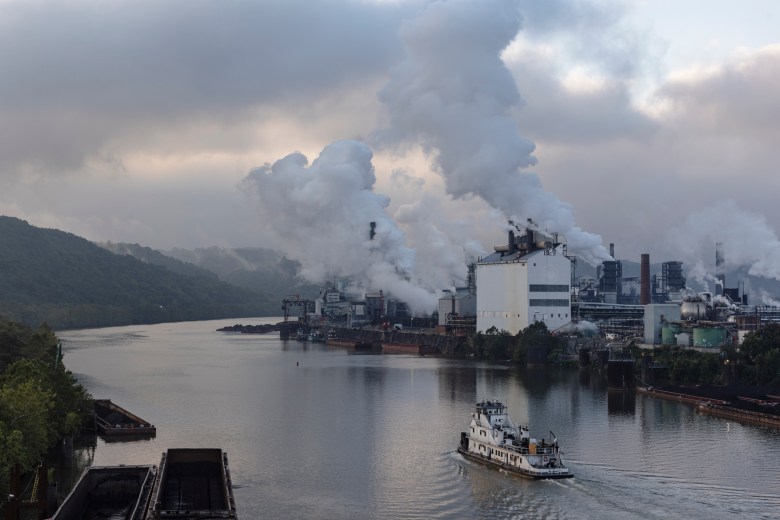
Just a few years after U.S. Steel was created, the new conglomerate built its largest steel works in Gary Indiana, prompting questions about its future in Pittsburgh. By the end of World War II, it was almost heretical to question steel’s role in Southwestern Pennsylvania. But as postwar demand for steel increased, U.S. Steel looked east and built its most modern plant, the Fairless Works, outside of Philadelphia in the 1950s.
Nonetheless, Pittsburgh looked the part of the nation’s steel capital. For the last half-century, downtown Pittsburgh’s tallest building has been the steel-clad skyscraper originally built as U.S. Steel’s headquarters. Before rust became a symbol of decline, the entire building was intentionally transformed by the company’s patented weathering steel giving it an oxidized sheen visible to the horizon.
Yet a few years after the 64-story U.S. Steel Tower opened in 1971, the company placed full-page advertisements in local newspapers asking, “Did we make a mistake locating our headquarters in Pittsburgh?” The unambiguous threats stemmed from local efforts to regulate the nearly unabated pollution that remained endemic to carbon steel production. U.S. Steel may have wanted to move, but a century of sunk investment made any such move inconceivable at the time. Pollution from the plants remained, an artifact of the failure to make sufficient investments to keep many of the company’s legacy plants in Southwestern Pennsylvania competitive into the future.
By contrast, as Japan emerged from World War II it built a steel industry around modern basic oxygen blast furnaces, a technology US Steel eschewed until it was too late.
The City of Prayer: Clairton’s residents persevere amid persistent pollution and violence
Closing in Pittsburgh, moving to Houston
At the beginning of the 1980s, U.S. Steel was quick not just to shut down, but to deconstruct much of its Pittsburgh-based production.
The corporation vigorously opposed attempts by employees to acquire plants and continue production as employee-owned firms as steelworkers at nearby Weirton Steel were able to do in 1984. Laid-off workers at U.S. Steel’s Duquesne Works went so far as to set up round-the-clock sentries at the plant to keep the corporation from taking vital equipment away from the site. Saving jobs or preserving the communities that had literally been built around its steel plants were never a corporate priority.
The corporation’s goal was to rapidly write-off the remaining value of its legacy plants, no matter the cost to workers and the communities they lived in. Shuttering plants facilitated a rapid shift away from steel production, and from Pittsburgh. Even as the corporation generated large net cash flows in the 1980s, the historic tax write-offs enabled U.S. Steel to purchase Marathon Oil in 1981, and then Texas Oil and Gas in 1985. The firm not only renamed itself, but then later in the 1980s did the unthinkable and moved its headquarters to Houston, until U.S. Steel was spun out of USX in 2002.
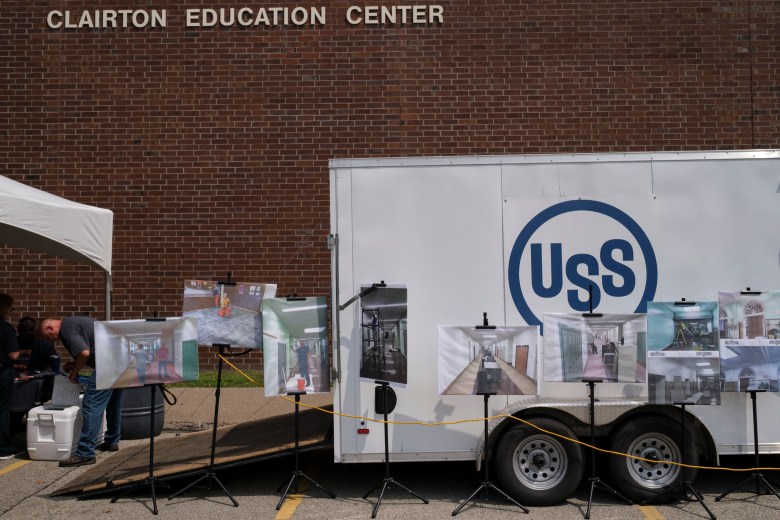
As a region, Pittsburgh has fought hard to keep its core steel production in operation, but those efforts have come at a cost. Faced with an undeniable loss of competitiveness in modern steel production, efforts to keep legacy plants in operation have only made a final reckoning that much more painful.
That U.S. Steel’s future was far from Western Pennsylvania has been clear for years. Not only has the company canceled major investments in its regional plants – investments that were vital to their future – but recent investments have been concentrated in locations such as Alabama and Arkansas.
Though it has been decades since any steel has been produced within the limits of the City of Pittsburgh proper, nostalgia for what steel production means, and in particular what U.S. Steel means, has long exceeded its reality in southwestern Pennsylvania.
Steel is not entirely gone from Pittsburgh, but what remains of that industrial heritage is a shadow of its former scope. U.S. Steel Tower has long since been sold to real estate investors. The city and region has been forced to shape a future that doesn’t rely on heavy industry, making U.S. Steel’s final demise a symbolic epilogue to a longer story of decline.
Following the sale, a trace of steel production will likely remain in close proximity to Pittsburgh, at least for now. Nippon Steel has announced that U.S. Steel will continue to exist as a wholly owned subsidiary, presumably still based in Pittsburgh. The few U.S. Steel plants still in operation in Western Pennsylvania — the coke works at Clairton, and production facilities in Braddock and West Mifflin — will likely continue operating, for the time being.
But an important — and perhaps irreplaceable — piece of the region’s identity will be gone.
No future industry will remain as fixed in place as long as steel remained in Southwestern Pennsylvania. Arguably, steel existed in Pittsburgh longer than any new industry may ever remain concentrated in any one region ever again. Successful regions in the future will have to adapt and change much faster than before, and be willing to move beyond their pasts before reality undercuts identity.
Christopher Briem is a regional economist with the Urban & Regional Analysis program at the University of Pittsburgh’s University Center for Social and Urban Research [UCSUR]. He can be reached at cbriem@pitt.edu.

